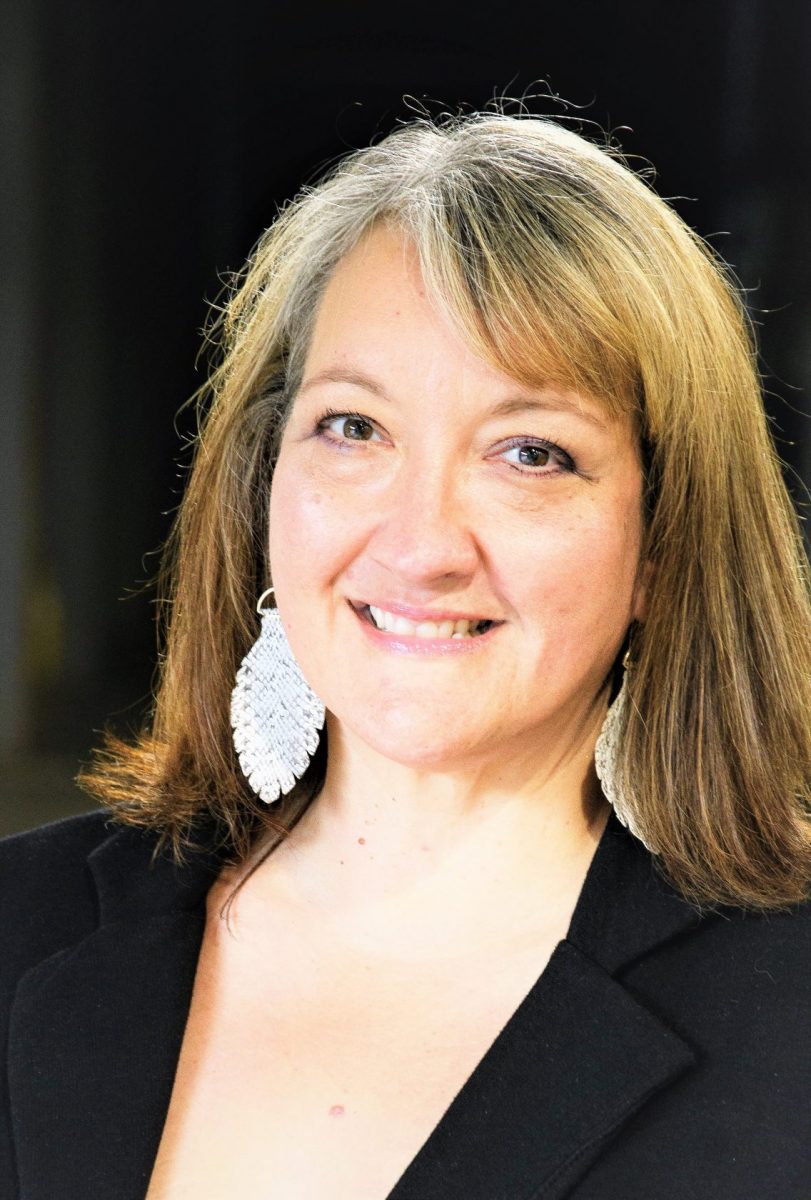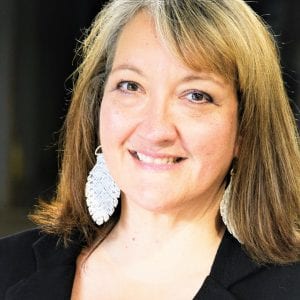April is Autism Awareness/Acceptance Month.
Autism Spectrum Disorder has become a common diagnosis in the past 20 years and you wouldn’t think that there would be any concerns with the words “awareness” and “acceptance” at this point.
But there is.
The autism community is often divided, and often when it comes to those two words. They are both good words and both are important when it comes to Autism Spectrum Disorder. There are good intentions behind both of those words, yet, it has become very divisive within the autism community.
Some argue that there has been enough awareness of ASD over the years. And many of those folks equate awareness with Autism Speaks, an organization formed to raise awareness — and funds – for autism resources. It launched awareness campaigns and adopted the blue puzzle piece as its symbol. Early on, Autism Speaks was focused on those most challenged by autism and in its mission, among other things, was the charge to find a “cure.” Autism is not a disease to be cured. It’s a developmental disorder that affects everyone differently, thus the spectrum.
Autism Speaks did not start out with autistic board members, but as it grew and its own founders became more aware, board members and staff on the spectrum were included. And I suspect that there are others on the board and staff who are on the spectrum but do not publicly proclaim this because they want to be recognized on their professional accomplishments.
There are many people who do not like Autism Speaks even though it has evolved from those early days. Some see the puzzle piece as being detrimental — some autistics feel it represents a missing piece of a puzzle – but forget or don’t know that Autism Speaks did not invent the puzzle piece as a symbol for autism; it already existed. Others on the spectrum do not mind the puzzle piece at all and see it as a way to show that they fit in. Some people prefer the multi-colored puzzle piece instead of blue because when blue was first chosen the color of Autism Speaks and its “Light It Up Blue” awareness campaign it was because of the much higher prevalence of autism in boys than girls. Some people prefer the rainbow infinity symbol, while others don’t care or don’t want any symbol.
There are those who say enough with awareness, it is time for acceptance. Others say there isn’t enough awareness.
And sadly, I have seen very passionate non-autistic parents on both sides of this divide shaming others who do not agree.
I say that is defeating the purpose.
If you want inclusion, that means everyone. Don’t proclaim that you want neurodiversity to be common but ignore including the voices of others, whether you agree with them or not.
As I said, it is a spectrum. Yes, many autistic people lead mostly typical lives. Many are brilliant. Many have a learning disability. Many crack jokes and play video games. Many do not understand social cues and have trouble making friends. Many are avid readers and experts in a particular topic of interest. Many flap their arms or repeat lines from favorite movies. Many cannot speak but have other ways to communicate. Many lead perfectly “normal” lives while many others cannot take care of themselves.
It is a spectrum.
So whether you wear blue or not or like the word acceptance over awareness or you say you or a loved one are “autistic” or a “person with autism,” does not really matter. What matters is that every autistic person’s voice is heard and respected.








